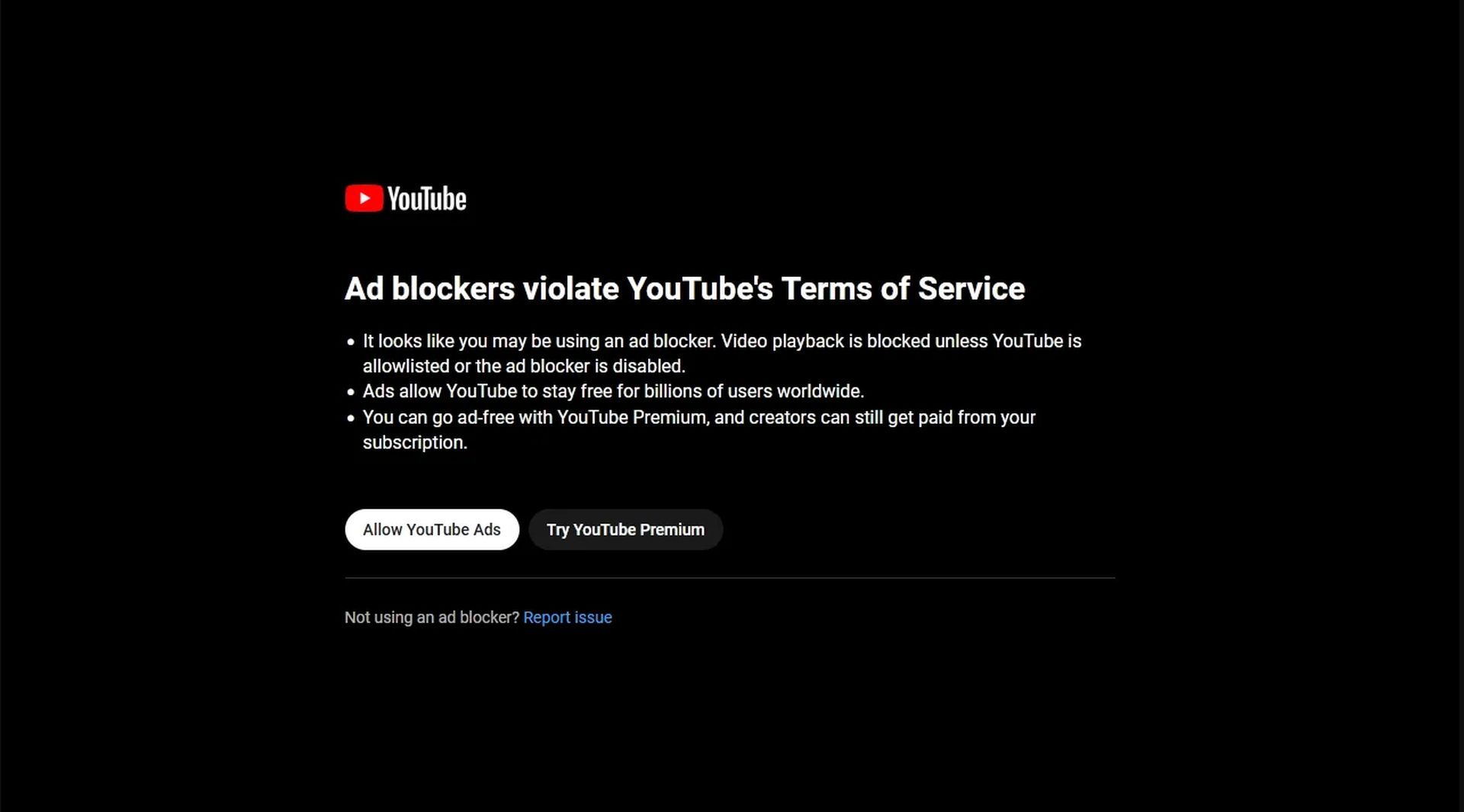In a recent move, YouTube has taken a strong stance against users employing ad blockers on its platform, introducing a new three-strikes policy that restricts access to videos. While this rule has not been made public yet, it is being tested globally, with some users already experiencing its effects. Those found to be using ad blockers will be given three warnings before facing limited access to videos. As part of this trial, offenders will have the choice to either disable their ad-blocking software or subscribe to YouTube Premium.
News of this development first surfaced in various media outlets. The initial information originated from a Reddit user who shared their firsthand experience of the recent changes implemented by YouTube. Users later obtained confirmation from YouTube that the company is indeed testing a new three-strikes policy on a global scale.

What will be the results of YouTube’s new approach?
So, what can users expect if they are part of this test and continue to use ad blockers? They will receive a notification similar to the one mentioned above and will be granted a few opportunities to comply. Once the limit is reached, YouTube will temporarily disable video playback. The duration of this restriction remains unclear, but it is presumed that users will need to either disable their ad blockers or opt for YouTube Premium to regain access to videos on the platform.
In certain regions, the cost of YouTube Premium is quite substantial, with users in the United States required to pay $12 per month. While the subscription offers additional benefits such as offline video saving and access to YouTube Music, those solely interested in an ad-free experience have limited options. Other streaming services like Hulu have been actively combating ad blockers for some time now, but YouTube’s foray into this territory is relatively new and could have far-reaching implications.
There are a few workarounds that users have discovered to bypass the ad block restriction. For instance, users can still watch video previews by hovering over a video on their home page or channel trailers, which automatically play when visiting a channel. Another method involves allowing the AdBlock extension to run in incognito or private windows and then opening the desired video in incognito/private mode. However, it is important to note that these workarounds may be addressed by YouTube in the future.
The implications of this update are significant. Users are now susceptible to YouTube’s ads, which have gained notoriety for their explicit content, lack of moderation, annoyance, and occasional malicious intent. The ad-blocking community has expressed dissatisfaction with these measures, as they perceive them as a hindrance to their ad-free viewing experience.
The response from Reddit users to these new restrictions has been largely negative. Many expressed their dissatisfaction with the changes, criticizing YouTube for what they perceive as a money-driven approach. It remains uncertain whether this policy will be fully implemented or modified based on user feedback. Consequently, the situation warrants observation as we await further developments from YouTube.
It remains to be seen how YouTube will respond to user feedback and whether any adjustments will be made to the ad-blocking policy. As the situation unfolds, users and industry observers are eagerly awaiting further updates from YouTube.
Although, the platform seems to be struggling with its monetization policies and it might be quietly pushing for a wider Premium subscriber audience. If you are interested, you might also check out the new YouTube monetization requirements.
Featured Image: Credit





